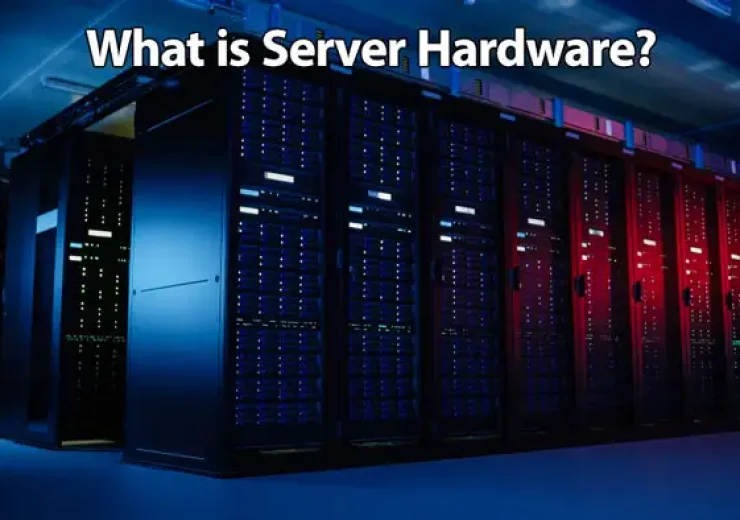What Is Serverless Computing?
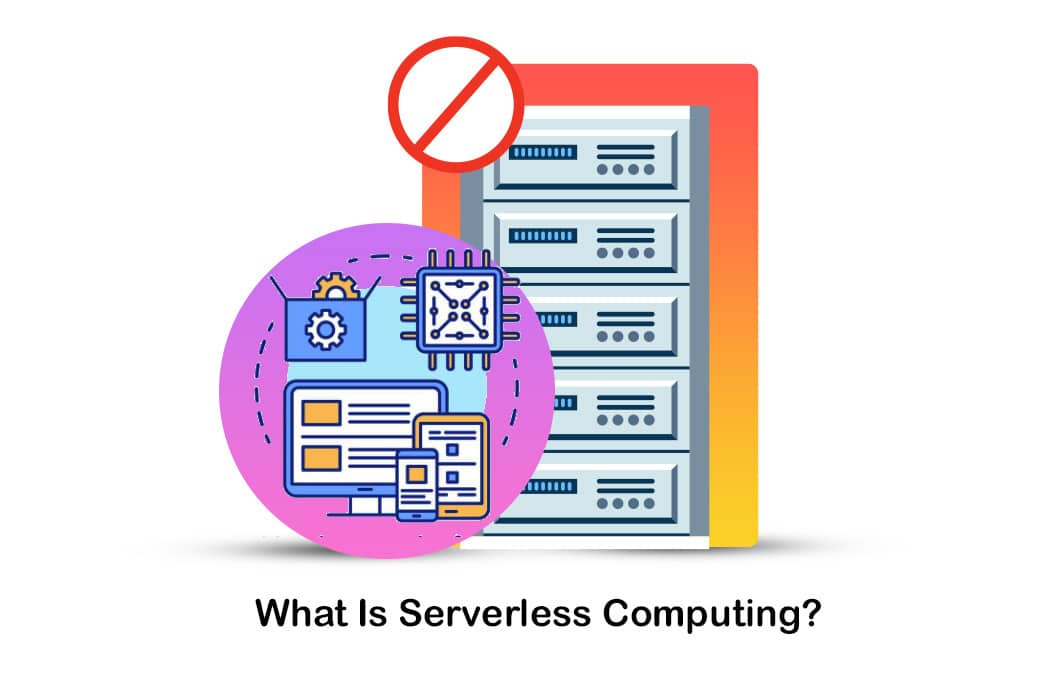
Table of Contents
The concept of serverless computing is quite popular nowadays. This cloud execution model provides a cost-effective and simple experience in building cloud-native applications and operating them. From this article, we will help you figure out what serverless computing is all about. You can use that understanding to get the most out of serverless computing and the benefits that come along with it.
What is serverless computing?
What is serverless? Serverless computing refers to offering backend infrastructure on a per-use basis. Users may build and deploy code without worrying about a serverless provider’s underlying architecture. Because the service is auto-scaling, a firm that uses backend infrastructure from a cloud hosting vendor is paid depending on their calculations and does not have to reserve and pay for predetermined network bandwidth or servers. Despite the moniker serverless, physical servers are still utilized, although developers needn’t be aware.
Anyone who wanted to construct a web application in the earliest internet period had to own the gear necessary to operate a server, which was a time-consuming and costly task.
Then came a public cloud, which allowed users to rent specific servers or quantities of server space through the internet. Developers and businesses who rent these set units of dedicated servers often buy more than they need to guarantee that a surge in demand or activity does not cause their applications to crash. This implies that a lot of the money spent on server space might be wasted. Cloud companies have offered auto-scaling models to solve the problem, but even with auto-scaling, an unwelcome surge in activity, including a DDoS attack, might be highly costly.
How serverless computing works?
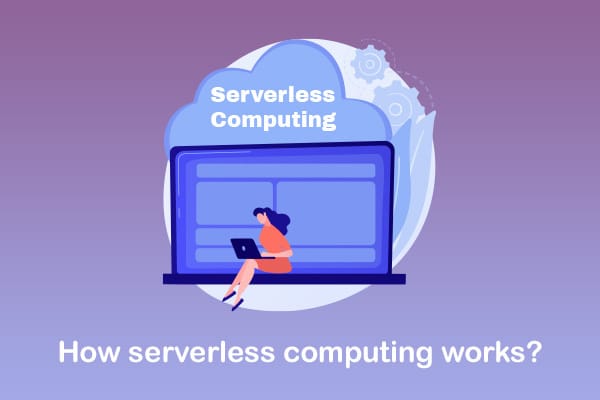
Developers don’t have to worry about managing cloud machine instances with serverless computing—instead, they can run code on servers without worrying about configuring or maintaining them. Instead of pre-purchased units of capacity, pricing is dependent on the total quantity of resources required by an application.
When developers put their applications on cloud-based virtual servers, they must often set up and maintain those data centers, install operating systems, manage them, and keep the software updated.
A developer may construct a function in their preferred programming language and submit it to a serverless system using the serverless approach. The cloud provider manages the infrastructure and software, maps the functionality to an API endpoint, and dynamically expands function replicas on demand.
Serverless computing is still evolving as serverless providers develop ways to address some of its flaws. Cold beginnings are one of these disadvantages. When a serverless service isn’t used for an extended period, the provider often turns it down to conserve energy and prevent over-provisioning. The serverless supplier will have to set it up and start serving that function anew the next time the user runs a program that allows it. A ‘cold start’ adds substantial delay because of the starting time.
Once the service is up and running, the following requests will be delivered significantly faster, but if the service is not requested for a long time, it will go dormant again. This implies that the following user who requests that function will start from scratch. Cold starts were formerly an unavoidable trade-off when employing serverless services.
Benefits of serverless
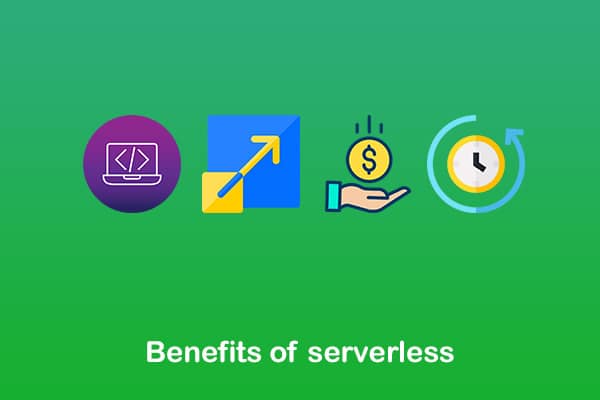
There are multiple benefits associated with serverless architecture. Let’s take a quick look at what those benefits are all about. Then you will be able to decide whether you are going ahead with applications around serverless architecture.
1-Lower costs
One of the key benefits of serverless architecture is the ability to cut down expenses. This is one of the most cost-effective approaches available to consider compared to the traditional cloud providers who offer backend services. You will not have to pay for idle CPU time or unused server storage.
2-Simplified scalability
It is pretty easy to scale up or scale down a product based on serverless architecture. That’s mainly because the developers who continue to work along with serverless architecture don’t need to worry about policies that create an impact on scaling up the code. The serverless vendor will be able to proceed with scaling everything based on demand.
3-Simplified backend code
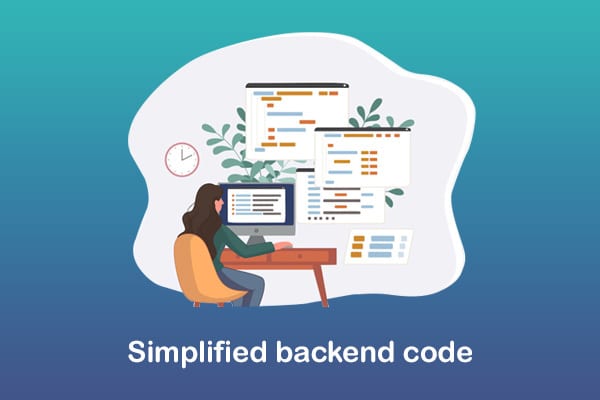
When it comes to serverless architecture, the backend code is quite simplified. Along with FaaS, software developers are provided the chance to create simple functions. It will be possible to build these functions independently to focus only on a single functionality, such as requesting an API call.
4-Quicker turnaround
You can expect to cut downtime significantly with the assistance of serverless architecture. You don’t have to go through a complex deployment process to add new features or roll out bug fixes. The developers can add or modify code according to their needs while saving time.
Serverless computing disadvantages
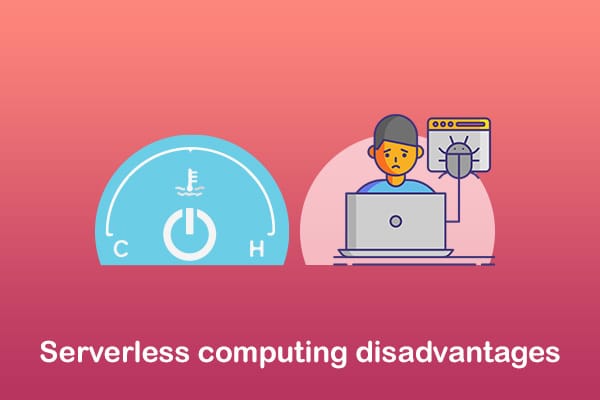
There are some disadvantages to serverless architecture as well. To help you out, we will be sharing those details in detail.
– Cold starts
One of the biggest challenges associated with serverless architecture is cold starts. That’s because cold starts offer long-running processors to scale up or scale down. On the other hand, you have to face some more challenges with starting up due to latency issues.
– Debugging and monitoring issues
There are challenges that you have to face when debugging and monitoring a product based upon serverless architecture. You will have to go through a challenging experience when working on the complexity. It will not be possible for you to get the most out of existing processes or tools to get the job done.
Serverless examples
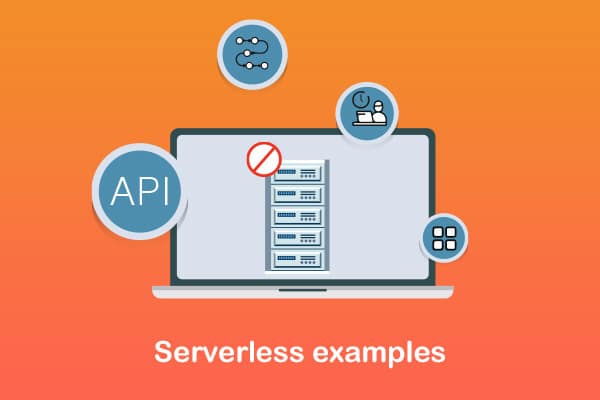
There are numerous examples of serverless computing that we can find around us. While keeping that in mind, let’s look at the list of most prominent examples.
1-Serverless and microservices
Supporting microservices-based architecture is the most popular use case for serverless environments today. The microservices approach emphasizes creating tiny services that each perform a particular task and interact with one another through APIs.
While microservices may be constructed and run using PaaS or container, serverless has gained traction because of its benefits of little code, inherent and automated scalability, quick provisioning, and a pricing approach that does not charge for idle capacity.
2-API backends
In a serverless platform, each operation (or function) may be converted into an HTTP endpoint that can be consumed via web clients. These activities are known as web actions when they are enabled for the web. Once you have your web actions, you can put them together into a full-featured API using an API gateway, which adds security, Authentication support, rate restriction, and registered domain support to your API.
3-Data processing
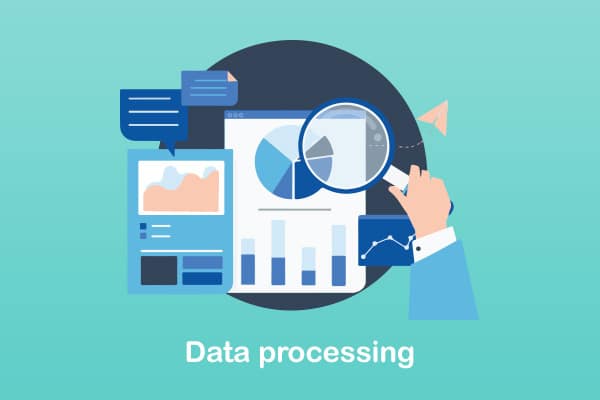
Serverless is well-suited for operations such as data enrichment, transformation, validation, cleaning, PDF processing, audio normalization, image processing, optical character identification, and video transcoding.
4-Stream processing workloads
Managed FaaS, Apache Kafka, and database/storage providing a solid platform for building real-time data streams and stream applications. These architectures are well-suited to dealing with various data stream ingestions (for validation, enrichment, cleaning, and transformation), such as IoT sensor information, app log data, financial sector data, and business information streams.
5-Common applications
Apart from these, there are some typical applications where you will be able to find serverless architecture. For example, a recently completed survey by IBM showcased that IT professionals are looking forward to using serverless architecture throughout numerous applications. They include applications around business intelligence, customer relationship management, finance applications, and many more. It is up to you to see whether serverless architecture is the most appropriate for your IT project or not. If you figure out that it is the most suitable, you may use it without keeping a doubt or a second thought in mind.
Conclusion
Serverless computing is still evolving as serverless providers develop ways to address some of its flaws. Cold beginnings are one of these disadvantages. When a serverless service isn’t used for an extended time, the provider often turns it down to conserve energy and prevent over-provisioning. The serverless provider will have to set it up fresh and start hosting that function anew the next time a user runs an application that uses it. A ‘cold start’ adds substantial delay because of the starting time.
Once the service is up and running, the following requests will be delivered significantly faster, but if the service is not requested for a long time, it will go dormant again. This implies that the following user who requests that function will start from scratch. Cold starts were formerly an unavoidable trade-off when employing serverless services.





